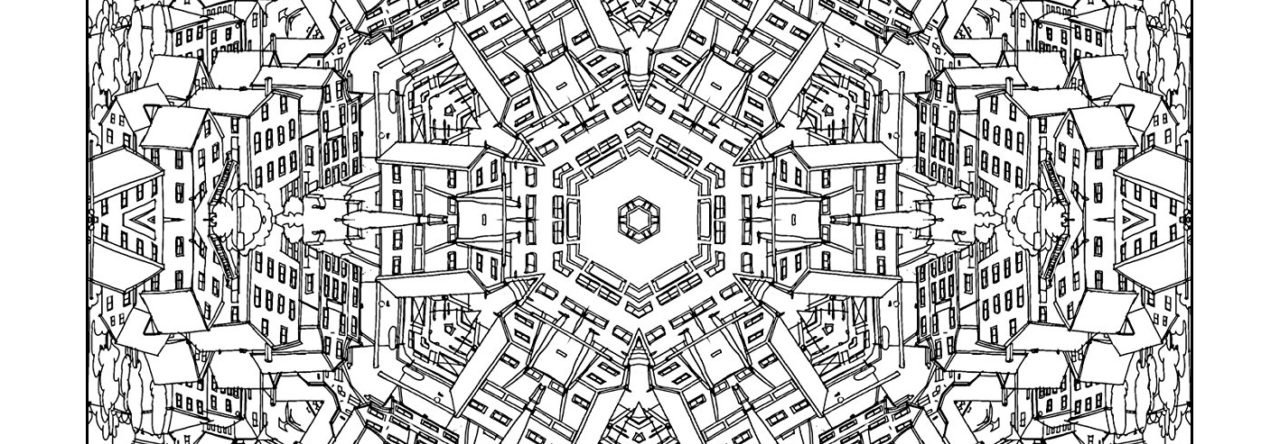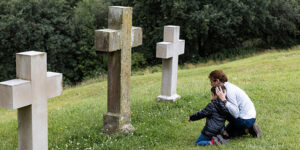Grief is weighing heavily on my local community at the moment. A few families have been visited by that most unwelcome and cold-hearted of intruders—death. It has been mercilessly tearing fathers and mothers away from their children far too soon.
A couple of weeks ago, a local dad had an out-of-the-blue medical episode and died quite suddenly, leaving a wife and four children behind. While our community was still coming to terms with that loss, the news came in that another local parent, whose kids are still in primary school, had been transferred to a palliative care unit.
Beyond that, the global Christian community is still reeling from the very public death of American conservative activist and father-of-two Charlie Kirk.
All of those families are facing the unthinkable: the fact that one day we will die and leave our children behind. It’s every parent’s worst nightmare.
We may have many more years with our children, or we may have fewer than we expect. We may have a slow departure, with time to say goodbye or we may pass away quite unexpectedly. But the fact remains: no parent lives forever. And the past few weeks have taught us that we never know how soon—or how suddenly—our time on earth might be up.
So how might we raise our children today in the light of our mortality?
Lord, you have been our dwelling-place
throughout all generations.
Before the mountains were born
or you brought forth the whole world,
from everlasting to everlasting you are God.You turn people back to dust,
saying, ‘Return to dust, you mortals’.
A thousand years in your sight
are like a day that has just gone by,
or like a watch in the night.
Yet you sweep people away in the sleep of death—
they are like the new grass of the morning:
In the morning it springs up new,
but by evening it is dry and withered …Teach us to number our days,
that we may gain a heart of wisdom. (Psalm 90:1–6, 12)
Entrust our kids to God … starting now
Parenthood is one long exercise of faith. From the moment we see those two lines on a pregnancy test, we realise how much is out of our control—from our children’s safe delivery to their health, to their developmental milestones, to their friendships, school life and mental health … there are many times when we’re just anxiously, helplessly praying our way through the day. We can research and investigate, we can make plans and appointments, but ultimately, at least half of parenting is learning to wait and watch in faith.
Facing up to our mortality reminds us that we always need to hand our children over to God. They were never really ours to begin with. God gives us children to birth and care for during the short span of our life on earth, but he is their true Creator and sustainer. God is good and, unlike us, God is in control. So, like Abraham did with Isaac, we need to offer our children up into God’s loving arms—today and every day.



